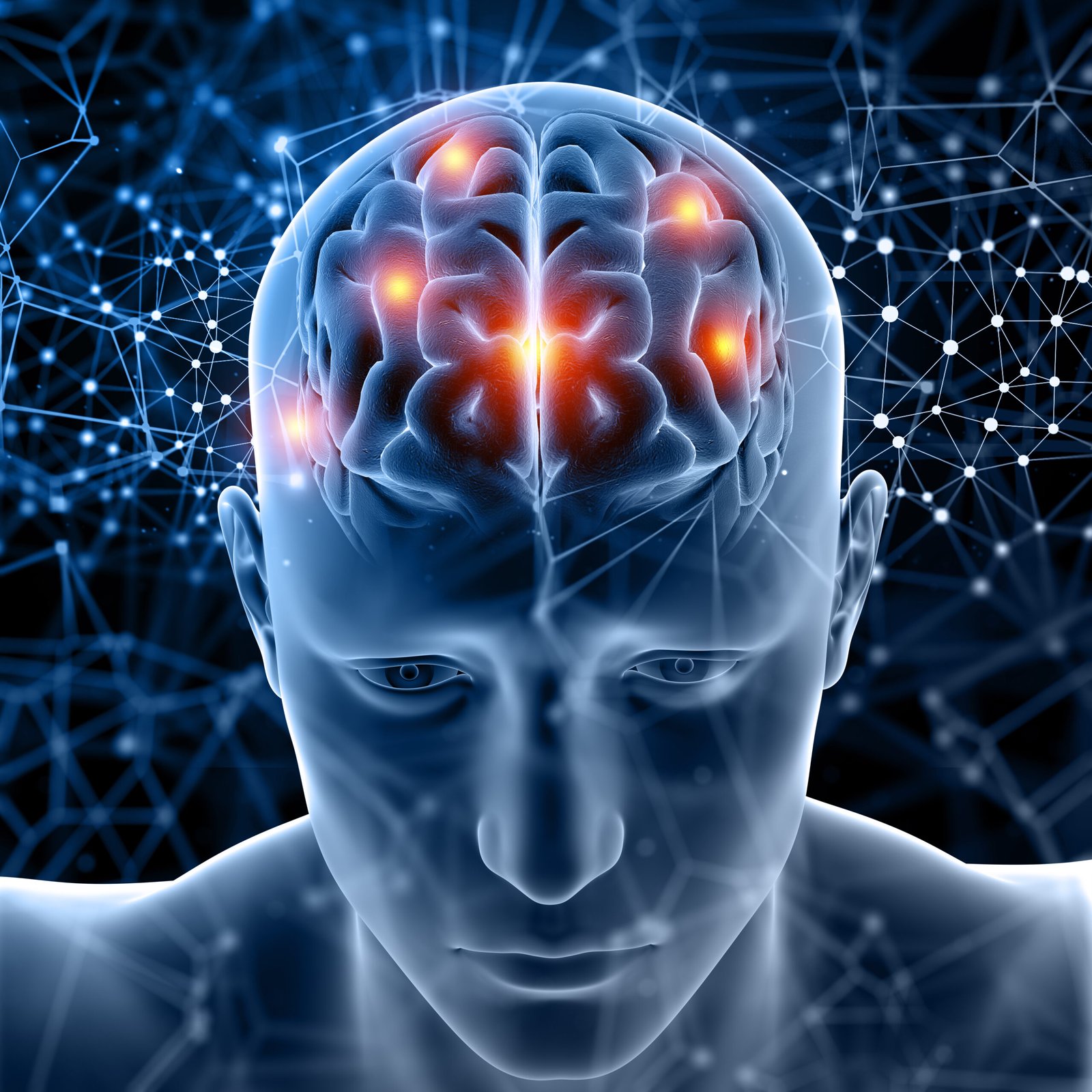Key Focal points
The sensory system is a perplexing organization that facilitates the body’s capabilities.
Cell separation is the course of specialization that happens during the improvement of a multicellular organic entity.
The sensory system is made up of the focal sensory system (CNS) and the fringe sensory system (PNS).
The sensory system assumes an urgent role in transferring data, planning reactions, and keeping up with the fragile equilibrium that supports life.
Understanding the design and capability of the sensory system is vital to acquiring bits of knowledge about the internal operations of the human body.
What is the Sensory system?
The sensory system is a complicated organization of cells and tissues. It helps coordinate and control the body’s capabilities. It sends messages between various pieces of the body. This allows us to see the world, simply decide, and act.
The Focal Sensory system
The focal sensory system (CNS) is the body’s war room. It incorporates the cerebrum and spinal line. The cerebrum controls our contemplations, feelings, and ways of behaving. The spinal cord conveys messages between the cerebrum and the remainder of the body.
The Fringe Sensory system
The fringe sensory system (PNS) associates the CNS to the remainder of the body. It sends data from tangible receptors to the CNS and conveys engine orders from the CNS to muscles and organs. The PNS has two sections: the physical sensory system for willful developments and the autonomic sensory system for compulsory capabilities.
Part Capability
The Sensory system (CNS) Cycles and incorporates data, arranges and controls importantphysical processes
The Sensory system (PNS) Communicates data between the CNS and the remainder of the body
The sensory system has two fundamental cell types: neurons and glial cells. Neurons communicate electrical signs. Glial cells support and safeguard the neurons.
“The sensory system is the body’s electrical wiring, permitting us to see, think, and act.” Dr. Sarah Williams, Neuroscientist
The Structure Blocks: Neurons and Glial Cells
The sensory system is based on two principal parts: neurons and glial cells. These phones cooperate to send, interact , and control the signs that make up our viewpoints, developments, and sentiments.
Neurons are like the “data parkways” in our body. They convey electrical signals quickly. They come in various shapes and sizes, each with exceptional work. Some are long and dainty, conveying signals far, while others are rugged and get signals.
Glial cells are comparably significant yet frequently ignored. They make up the majority of the cells in the sensory system. They safeguard and back neurons, feed them, and assist with fixing damaged regions.
Brain science shows us about how these cells cooperate. It shows us how receptor cells identify changes in our current circumstance. These progressions transform into signals that our body can comprehend and respond to.
Neurons and Glial Cells
Answerable for sending electrical motivations
Arrive in various shapes and sizes
Axons convey signals over significant distances
Dendrites get approaching data
Dwarf neurons in the sensory system
Give protection and assurance to neurons
Offer underlying scaffolding and supplement supply
Add to the maintenance of damaged brain tissue
Finding out about neurons, glial cells, and brain science assists us with valuing how intricate and solid our sensory system is.
Make a picture of an organization of tangled branches with inconsistent bunches of little spheres all through. The branches ought to be slim and twisting, with intermittent parts or crossing points. The spheres ought to shift in size and brilliance, for certain bigger and more splendid ones filling in as central focuses. The general variety plan ought to be shades of blue, purple, pink, and white.
“The mind is a world comprising of various neglected landmasses and extraordinary stretches of an obscure area.” Santiago Ramón y Cajal, Spanish neuroscientist and Nobel laureate
Sensory system: The Many-sided Organization
The human sensory system is a perplexing organization that controls the body’s capabilities. It has neurons and glial cells that cooperate to send and handle data. Synapses, or substance couriers, are critical to this interaction. They assist neurons with conversing with one another, ensuring the sensory system works right.
Synapses: The Substance Couriers
Synapses are unique particles made by neurons at neurotransmitters. They interface with receptors on different neurons, beginning a signal. There are numerous synapses like serotonin, dopamine, and acetylcholine, each playing various roles. They influence temperament, thinking, and development, and that’s just the beginning.
Keeping synapses in balance is pivotal for the sensory system. On the off chance that levels escape balance, it can cause medical conditions. This shows how significant synapses are in the complicated activities of the sensory system.
the nervous system to work right.


